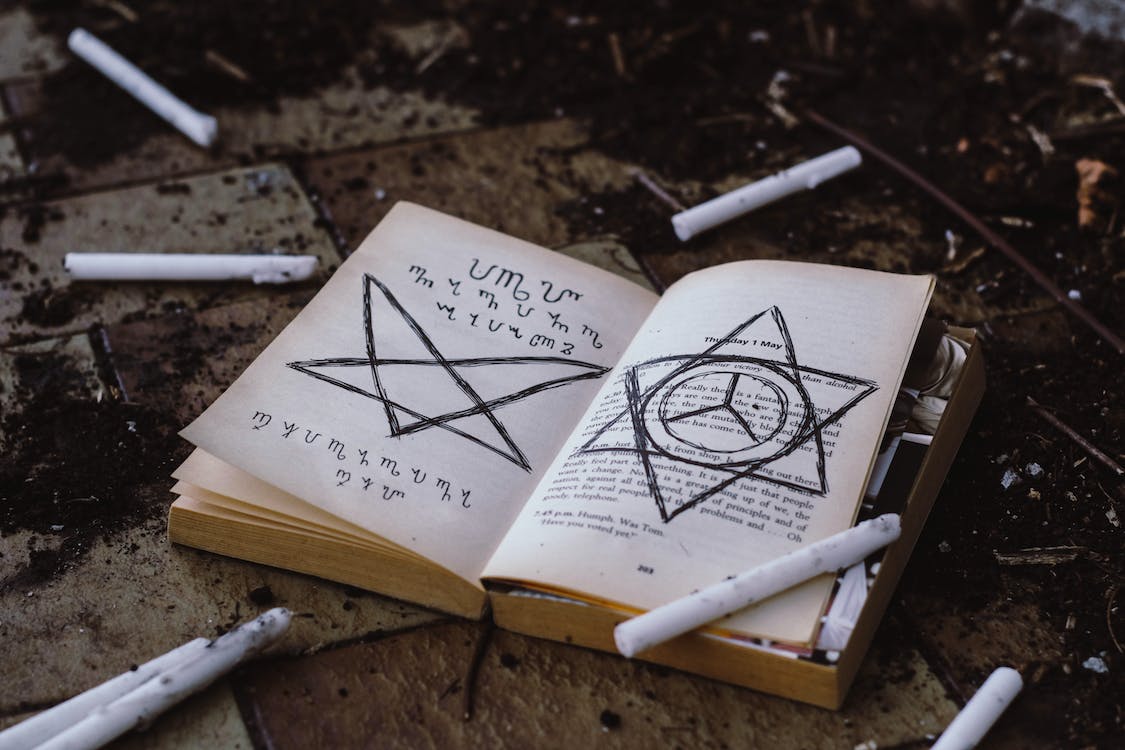
FAQ About Wicca

What are some common tools used in Wiccan rituals?
Wiccan rituals often involve the use of various tools that hold symbolic significance and aid in focusing energy and intention. While the specific tools used can vary among individuals and traditions, here are some common tools used in Wiccan rituals:
- Athame: The athame is a ceremonial knife with a double-edged blade, typically black-handled. It symbolizes the element of fire and is used to direct energy, cast circles, and invoke the divine.
- Wand: The wand is a long, slender object usually made of wood, metal, or crystal. It represents the element of air and is used to channel energy, cast spells, and invoke specific forces or deities.
- Chalice: The chalice is a cup or goblet used to hold liquids, often representing the element of water. It symbolizes the feminine principle and is used for offerings, libations, and sharing ceremonial drinks.
- Pentacle: The pentacle is a flat disc or plate inscribed with a five-pointed star (pentagram) surrounded by a circle. It represents the elements and the connection between the spiritual and physical realms. It is used to consecrate objects and as a focal point for rituals.
- Censer: A censer, often in the form of a metal incense burner, is used to hold burning incense. It represents the element of air and is used to purify the ritual space, as well as to enhance focus and create an atmosphere conducive to spiritual practice.
- Boline: The boline is a white-handled knife with a curved blade. It is typically used for practical purposes, such as harvesting herbs, cutting cords, or carving symbols.
- Book of Shadows: The Book of Shadows is a personal grimoire or journal in which Wiccans record their rituals, spells, correspondences, and spiritual experiences. It serves as a sacred text and a repository of knowledge and personal insights.
- Altar: An altar is a dedicated space for Wiccan rituals and spellwork. It can be a small table or a designated area where tools, symbols, and offerings are placed. The altar serves as a focal point for rituals and represents the connection between the practitioner and the divine.
